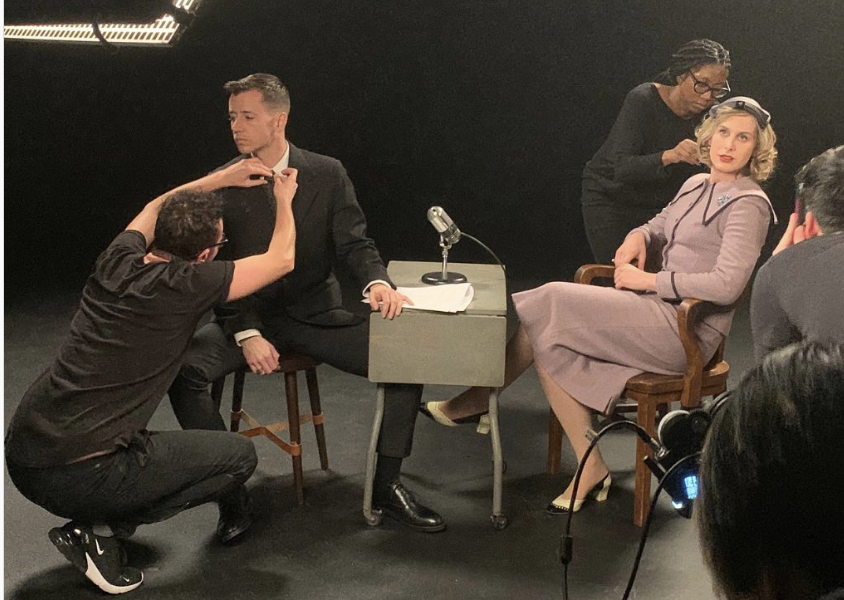Review: “Framing Agnes” explores the complexities of transgender healthcare
Review: "Framing Agnes" explores the complexities of transgender healthcare

Chase Joynt, previously known for the film No Ordinary Man and the book Boys Don’t Cry, has returned to SUHRFF with a new piece, Framing Agnes, shown on Friday night.
The film centers around a group of former patients and participants of a study by Harold Garfinkel at UCLA during the 1960s, particularly the eponymous Agnes Torres, who has become a prominent historical figure in transgender communities.
Even today, navigating transgender healthcare is very complex, yet Torres was able to do so in her time by misrepresenting the facts of her youth.
In her teens, Torres had been able to take estrogen taken from her mother’s prescription but would later present herself as intersex for Garfinkel’s case study, only sharing her truth after she had already received gender-affirming care.
Joynt presents a film that addresses feelings that many contemporary transgender individuals share, using the lens of the talk show interview with a script made from transcriptions of interviews from Garfinkel’s study. This manner feels nearly obtrusive and exploitative in nature, and it is clearly meant to echo the infamous interview between Katie Couric and Laverne Cox.
The lens on transgender people is never out of focus; lives lived with the audacity of becoming more of oneself are placed under constant scrutiny and attention from all corners of the public eye. Joynt, by using his talk show persona, is able to emulate this to great success with a team of truly outstanding transgender actors and crewmembers.
Framing Agnes presents more than Torres’ story but that of six different transgender individuals who all have their own unique perceptions and experiences of how they experience gender. Joynt masterfully connects his mock interviews with real ones, holding open these files to show just how similar the struggles of transgender people still are 60 years later.
In many ways, Joynt has shown through his work that this public hyperfocus placed on ensuring the visibility of trans people and their stories is similar to Garfinkel’s case studies. Page by page, it’s easy to believe that a full person forms. But, no life can be fully lived under observation and scrutiny, especially when the decision must be made between visibility and vulnerability. To be part of an effort of acceptance is to be left open to violence, and to constantly present these stories feels akin to exploitation, Joynt seems to say.





